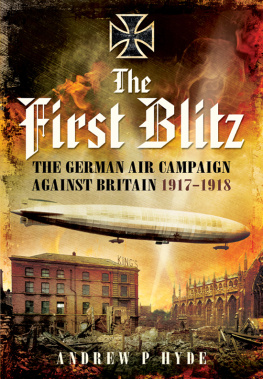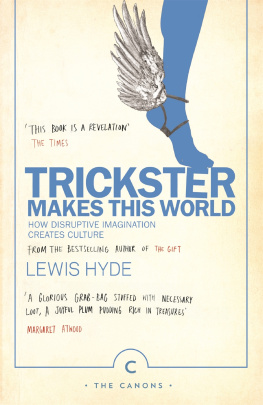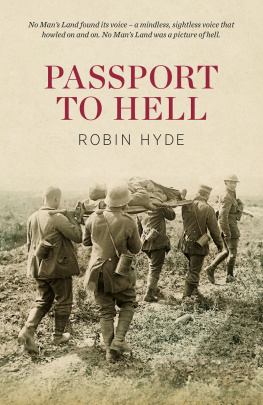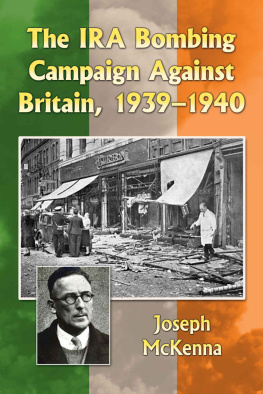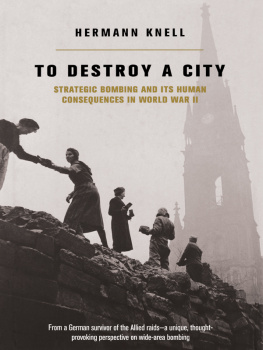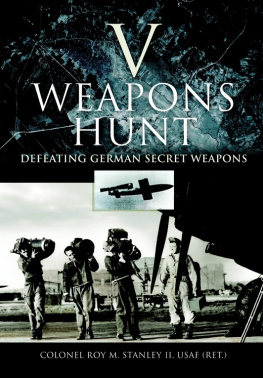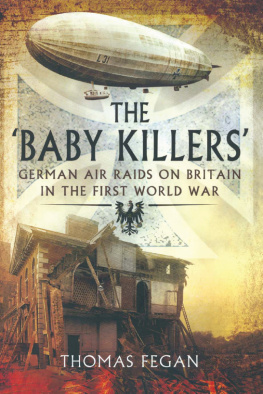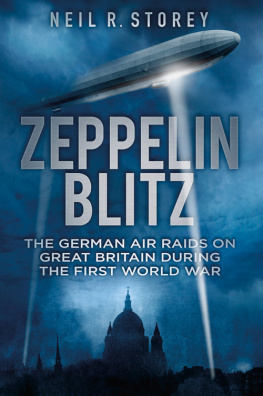47 Church Street, Barnsley, S. Yorkshire, S70 2AS
Introduction and Acknowledgements
Travelling on holiday to our uncle and aunt in Dorset during the 1960s was always a daunting prospect. It was a lengthy, gruelling slog and, before the advent of the M25 Motorway, involved among other feats of endurance, a long-winded grind through the London suburbs. Boredom remains the overriding memory of those tortuous trips, sometimes alleviated only when we got lost or missed a turning and my parents rounded on one another in their customary way.
There was however one other, fleeting diversion from the ennui. Part of the journey through London took us along the East India Dock Road in Tower Hamlets, or what used to be known as Poplar and where both my parents were born and brought up. Every year we covered the same ground, and at this point, every year, we would pass Poplar Memorial Park, at which juncture my father unfailingly took his left hand off the steering wheel and pointed over towards the left with his thumb. With hardly a fraction of a second to register it in my head, the barely discernible figure of an off-white stone angel would come briefly into view. Your uncles names on that, he would pronounce intriguingly. Then the car would be too far ahead to take a second look and we would be back on our way the welcome distraction awaiting our return the following year.
On this went until finally, my curiosity pricked, I decided I wanted to know more about this enigmatic angel and the story behind it. Finally it transpired that my uncle, George Albert Hyde, was one of eighteen children killed when a German bomb demolished their school in Upper North Street Poplar, during the First World War, just round the corner from where the memorial which bears their names stands.
It was one of hundreds of incidents to occur in the British Home Front during the Great War, when German airships and occasionally lone aircraft, flew over towns and cities to unload their cargoes of bombs. Then, on Wednesday, 13 June 1917 in a complete change of tack a squadron of German purpose-built bombers flew above London and scattered their payloads over the capital in what would arguably prove to be the worlds first ever strategic air raid.
Naturally, I did not appreciate, much less understand too much of it at first. I was only a youngster in the 1960s. The deepest my grasp of the past went then was to absorb the war stories in sixpenny editions of the comics Battle or Commando, or tales of derring-do in the Victor. However, my love of history had begun to develop by the time I was nine or ten-years-old and I started looking the period up in books. There were indeed, accounts of the airship raids and even brief mentions of the short summer campaign which included the raid in which Uncle George died when he was just five-years-old.
There was though, never more than a passing mention of this and the other raids which became the Gotha Campaign. Many books had been written about the period, but with one or two notable exceptions, only a brief mention was ever given of the children who died at Upper North Street or any of the other incidents which occurred in that fateful summer of 1917.
By the time I was in my late teens and early twenties I had developed and honed my relationship with the subject of history to the extent that I fancied myself as something of a very amateur historian. I therefore decided to compensate for the fact that the raid coverage seemed incomplete and research it. This book is the result. In embarking upon this project one cannot, however, assume that the reader will be aware of all the circumstances surrounding the air raids. I have, therefore, extended my research beyond the immediate circumstances of the attacks to take in the relevant events leading up to, and surrounding, the devastating raids which took place as part of the campaign. These will include the attack on Folkestone on 25 May 1917, which shook the south-east of the country, and the almost unknown attack on Sheerness a week later.
I have been anxious not to repeat what could be found in other works, but in order to clarify just how this and the other tragedies were allowed to occur in the first place I have drawn in a number of strands. I have gone back to the days when men could only dream of flying, and trace developments from there to the time when that dream became a reality. I have examined other relevant details connected to the story of the actual raids, so as to describe to the reader how political and military decisions both in Britain and Germany combined to make what occurred inevitable.
My aim has been to provide a rounded account of both the raids and the historical events which were inexorably wound up with them, led up to them, and eventually caused them.
This book has taken me the best part of twenty years to write, and I have many people to thank for their time, effort and patience in the help they have given me. In that time I have visited the Public Record Office at Kew many times, finding the reports written by the British defenders, pilots and commanders of the anti-aircraft gun stations, official reports by military intelligence and leads for further study and investigation. I secured the assistance of local and national newspapers in the UK and abroad; I have visited libraries and had letters from people who witnessed, or knew people who had been present at the events which have been described here. As these incidents occurred nearly eighty years ago, that has been no mean feat. Most people have long since passed-on even if they were only children at the time but, despite this, I have received numerous letters from eyewitnesses over the years, some from as far afield as Australia and New Zealand, whose accounts have still been vivid so long after the events they describe. To the many other people who corresponded with me and spoke over the phone I am very, very grateful.
To supplement the letters, I have found old newspaper articles and quotations from printed material which I have used to fill in gaps where otherwise the story would have been incomplete. I have also referred to a book written in the 1960s, entitled The Sky on Fire by Raymond H Fredette. Mr Fredettes work includes interviews with some of the original German Gotha crews, something I could not have hoped to achieve after all this time. But in the 1960s there were still a few old survivors left, and he managed to use their recollections to enrich his book. I have also consulted many other works covering the First World War and the people who helped to influence its progress or perhaps lack of it. I have travelled around the places described and searched for and sometimes found, relics and evidence of what happened. From this wealth of disparate information and research material I have produced this book.
Where sources have been quoted in any form, I have endeavoured to contact the author, his publisher or their successor. I found no successors to the defunct Womens Dreadnought, Star and Daily News, but am grateful to original writers for their observations. Some assorted quotes come from lines found in books, papers or periodicals which I hastily scribbled down without the foresight of noting the source. I therefore humbly apologize to, and belatedly thank who or whatsoever recognizes itself as such.

